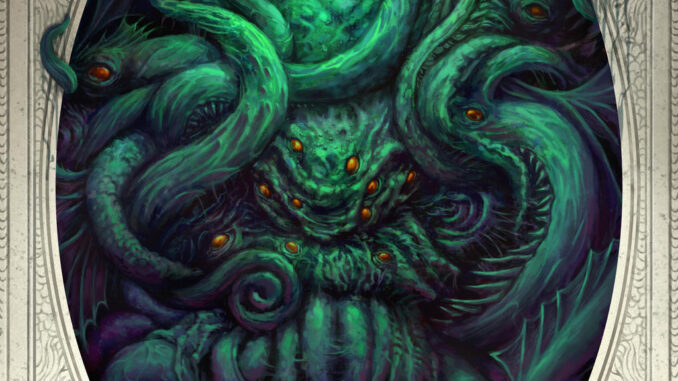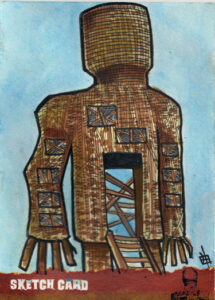
Dungeons and Dragons’s VanRichten’s Guide to Ravenloft and Conan: Adventures in an Age Undreamed Of’s Book of Skelos explores different genres of horror. From the Tusk-style of horror known as body horror to expulsion horror, where the protagonist gradually no longer fits in with their society, there are pages of different forms of horror to explore. VanRichten’s touches on the style of horror it refers to as folk horror.
Folk horror is best characterized by a community isolated from the rest of the world with a set of unique religious and societal beliefs. These beliefs are tied to a power that grants them a positive harvest, good health and the promise of healthy children in exchange for performing rituals that honor the power.
The most popular story of this type in the media is Wicker Man. An island full of women live an almost backwards lifestyle as part of their religious and societal dogma. They manipulate the investigation of a police officer visiting the island, leading him into a foul trap.
Recently, Chaosium’s organized play group the Cult of Chaos released an adventure for convention play called “Horror on the Buffalo River.” It tells the story of a group of college staff members sent to study the people, fauna and flora along the Buffalo River in the United States south, where a state park is slated to be established. That puts the investigators into contact with a small town, where until recently the people relied heavily upon a healing woman who handled all afflictions and maladies. One client of the healing woman couldn’t bear children. The healing woman fed her a special milk, provided by the Elder God Shub Niggurath. Sure, it let the woman bear many children. However, at least her first one cycled between monster and child as the seasons changed. Only the special milk could keep him together and not going on a killing spree. With the healing woman deceased, there was no more milk. It was a matter of days before the son would go out of control during his monstrous transformation and go on a rampage.
It wasn’t the healing woman duping the villagers about the source of her powers. Their church and diner both had iconography representing Shub Niggurath. This was a community adapted to serving the foul Elder God for protection and needs distant society couldn’t provide. They accepted the cost of serving an evil entity.
This is the heart of folk horror.
I lived in Speedway, Indiana and had family who regularly went to the races. The people who lived in cars and recreational vehicles in the fields during those sweltering days of summer definitely had their own community isolated from the rest of the world. It felt like its own city.
It would be easy to create a Cthulhu adventure where the community camping out for the race worshipped an Elder God who craved people to perform thrilling feats, in the form of fast racing and living wildly with alcohol, drugs and a very greasy diet.
People who don’t comply to their standard of society and appeasing their god might just disappear during race days. The investigators could be police or friends of vanished ones sent to find out what really happened to the loved ones who went to the race and disappeared.
This story hits all the buttons for folk horror.
When trying to tell a different style of horror in your Call of Cthulhu games, look to the folksy charm with a secret of folk horror.

